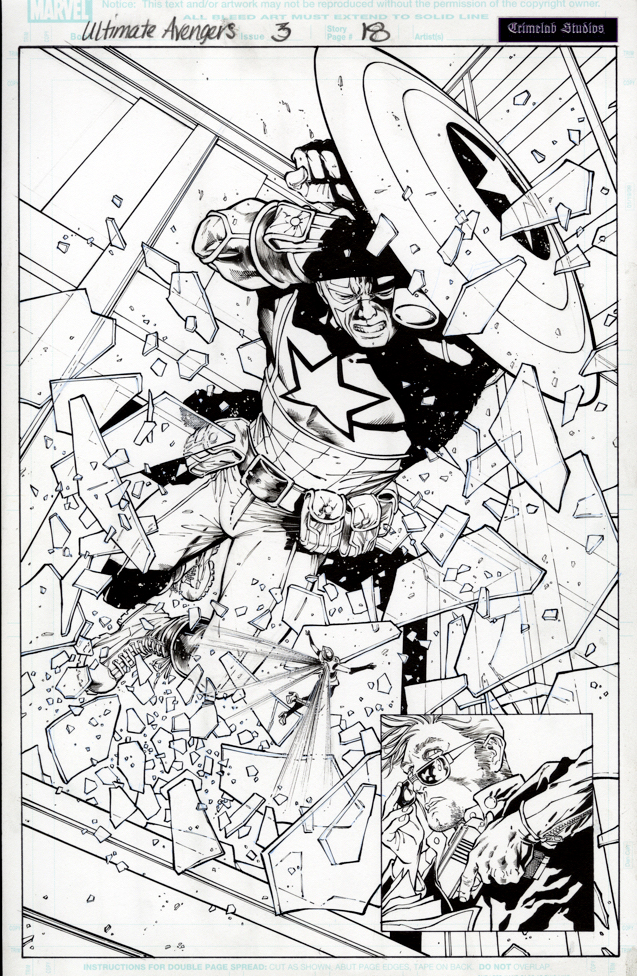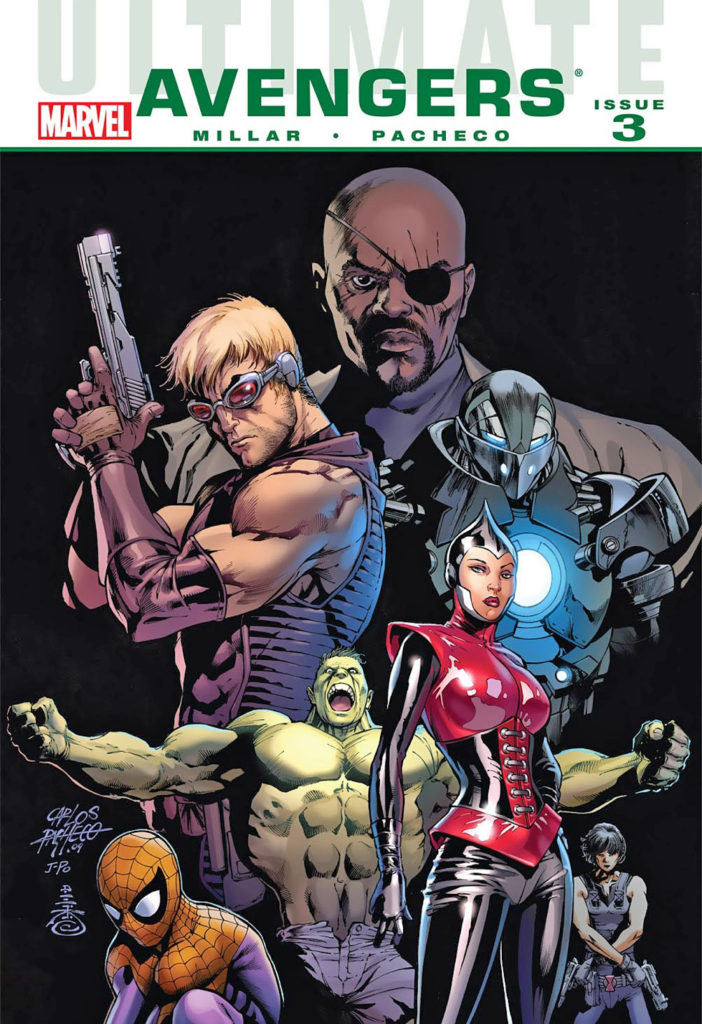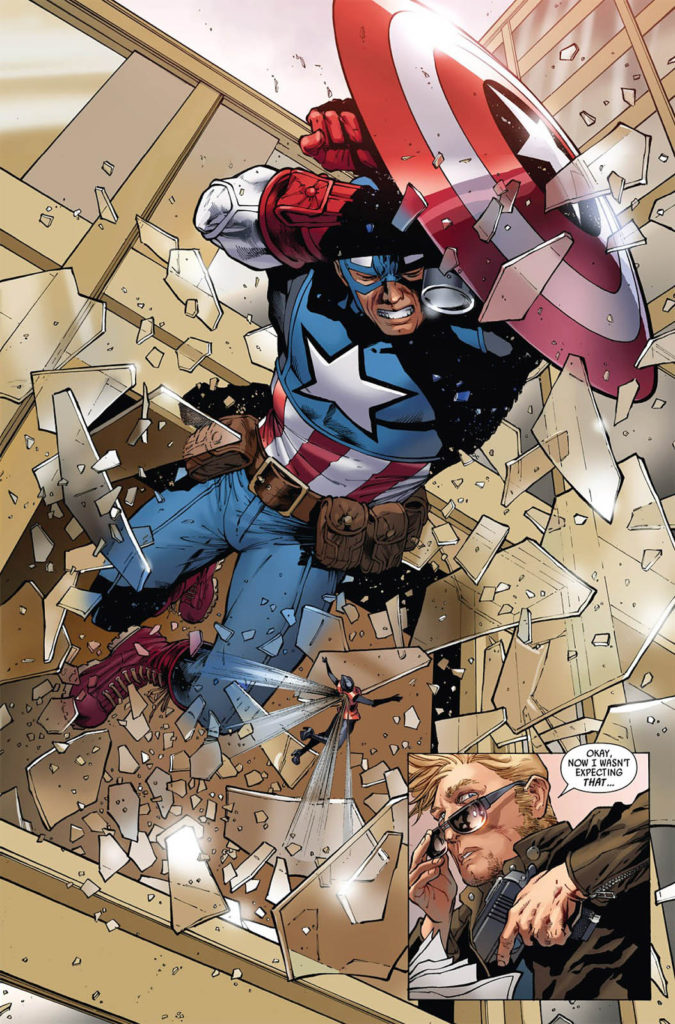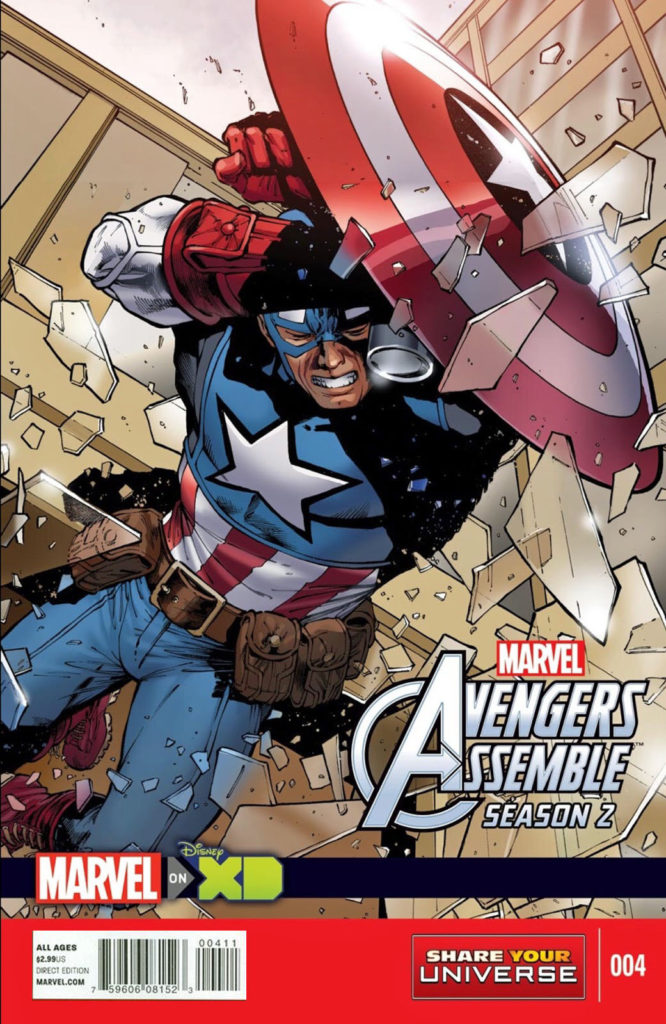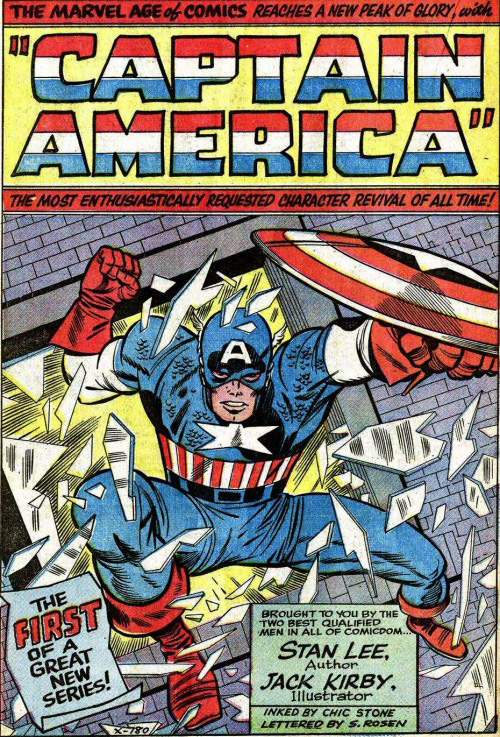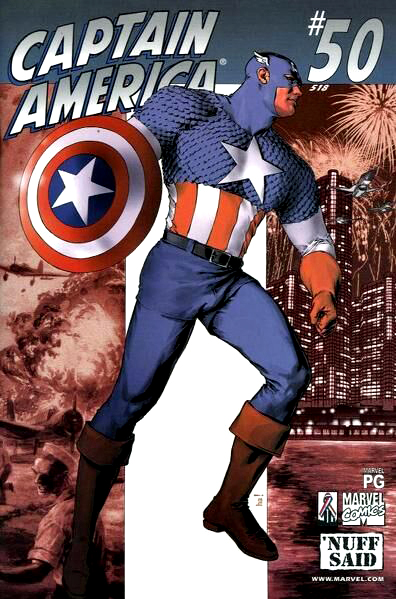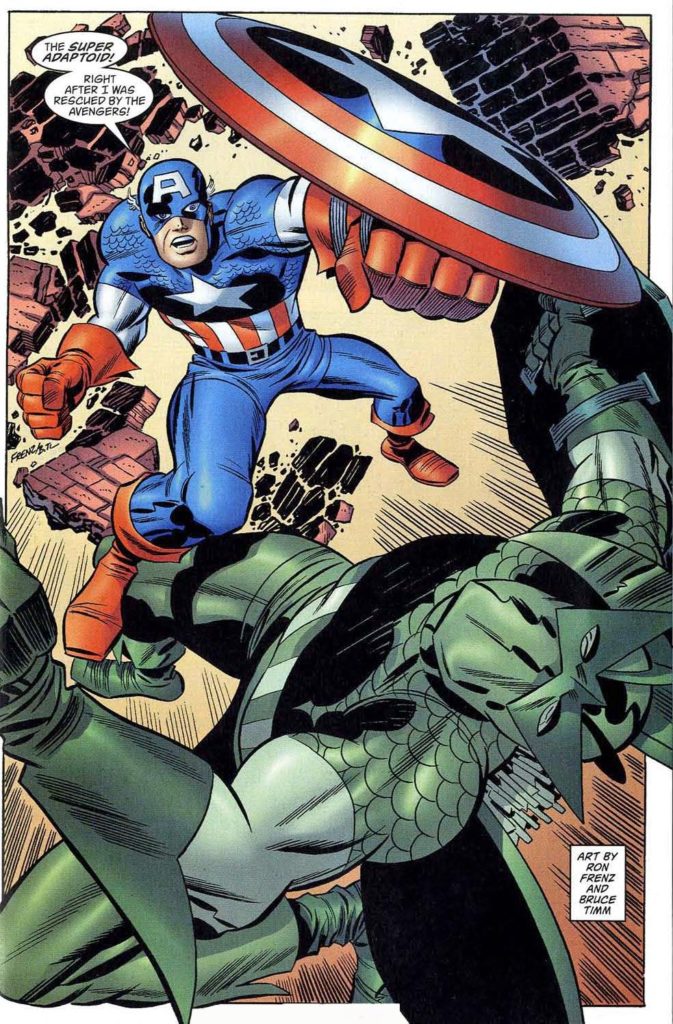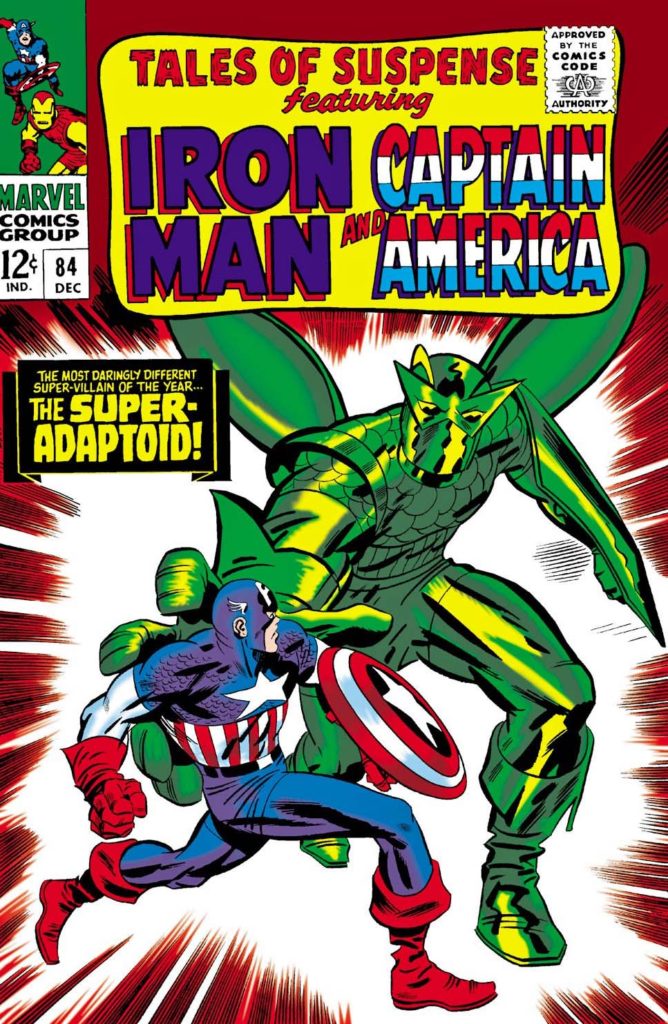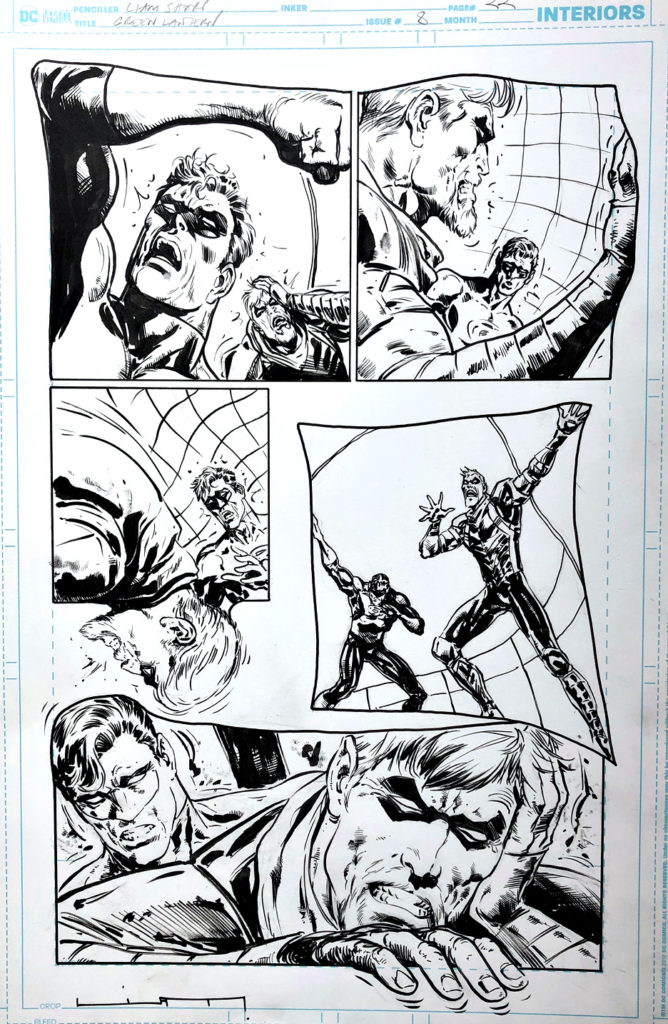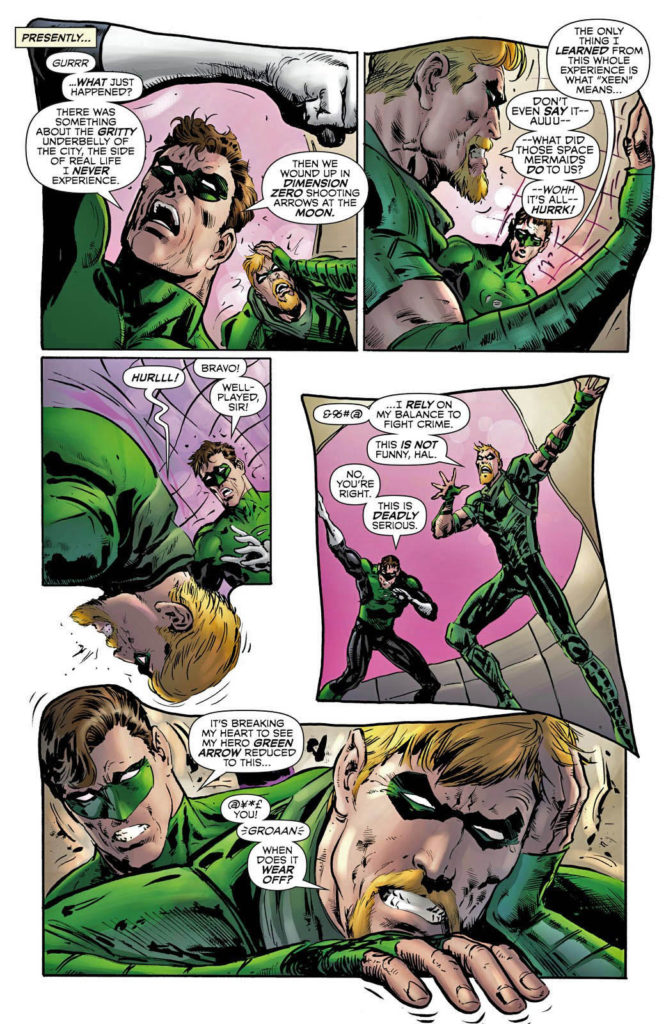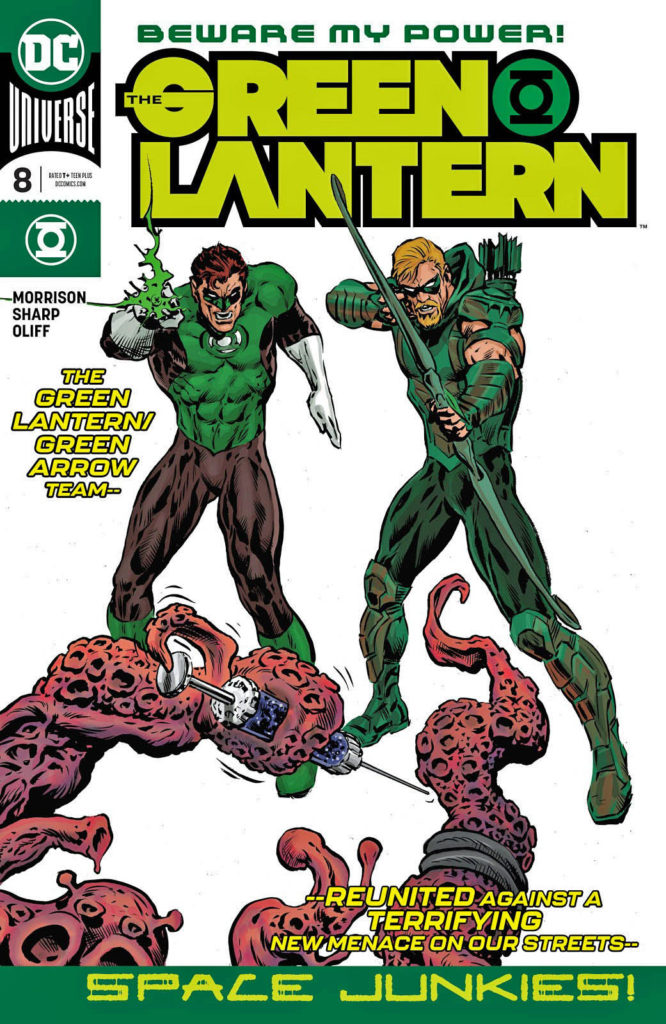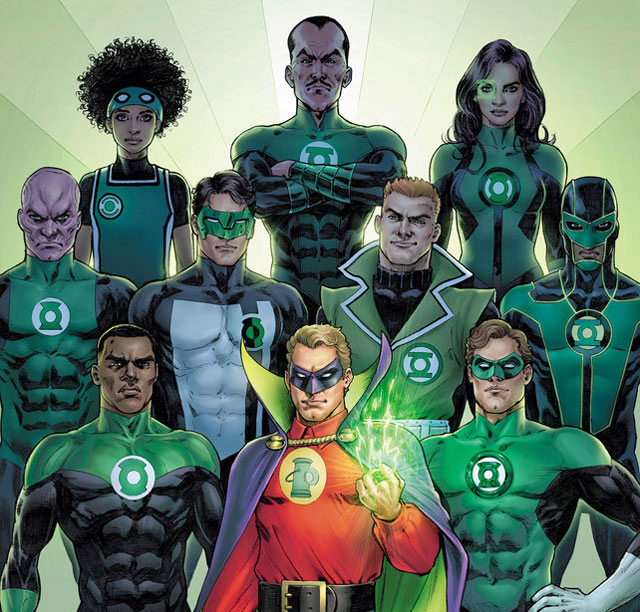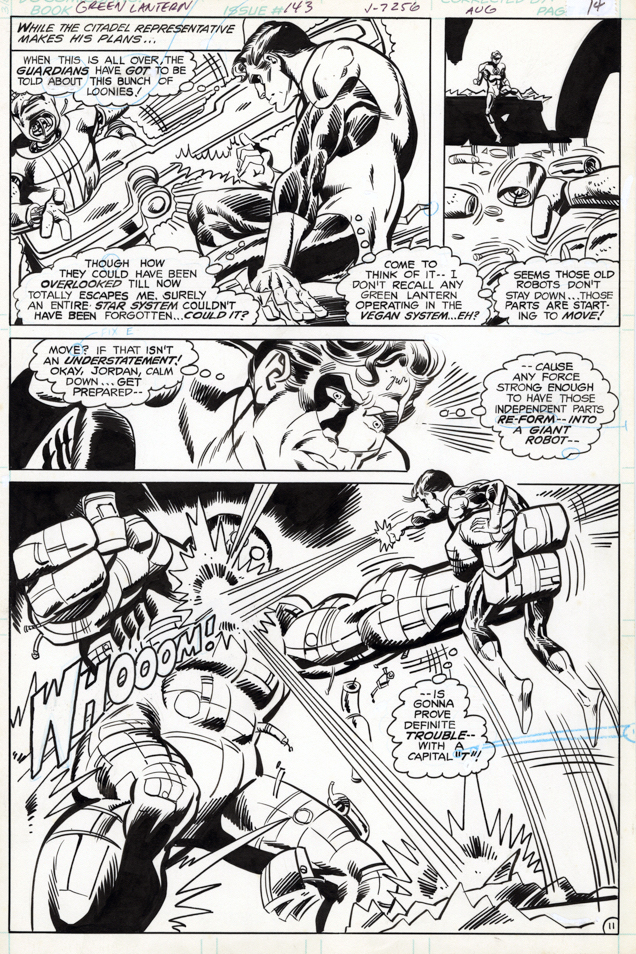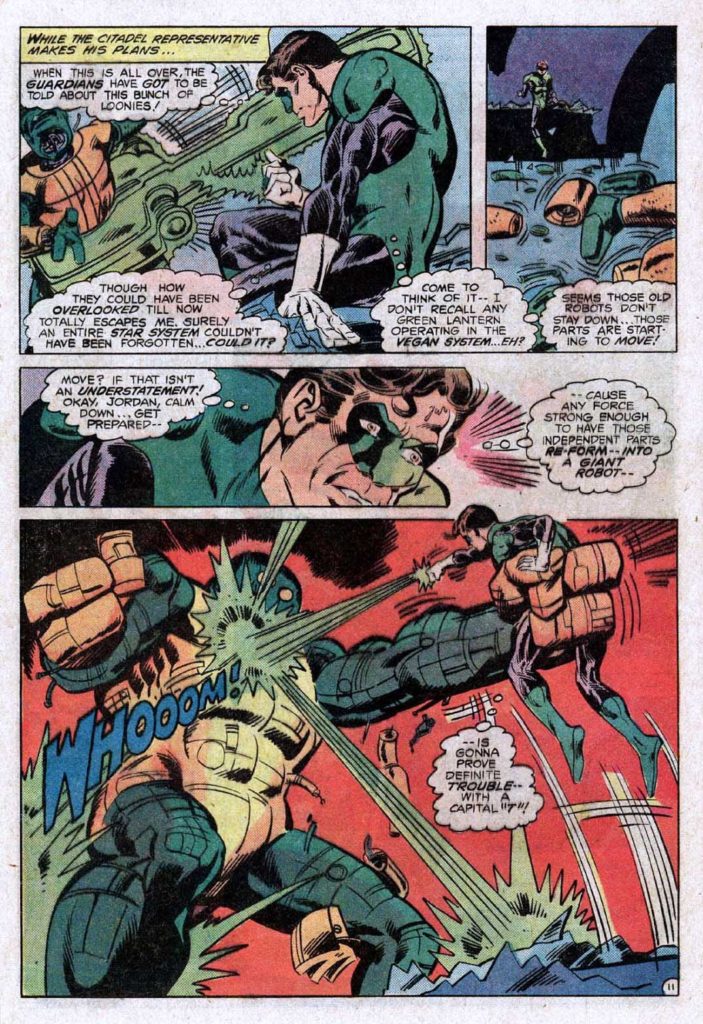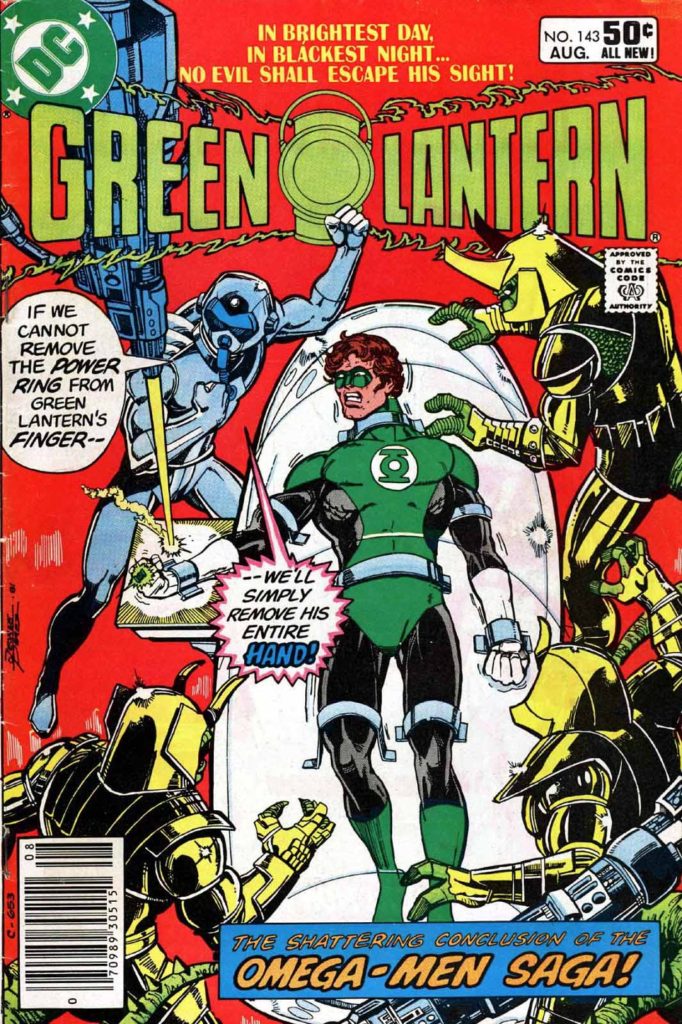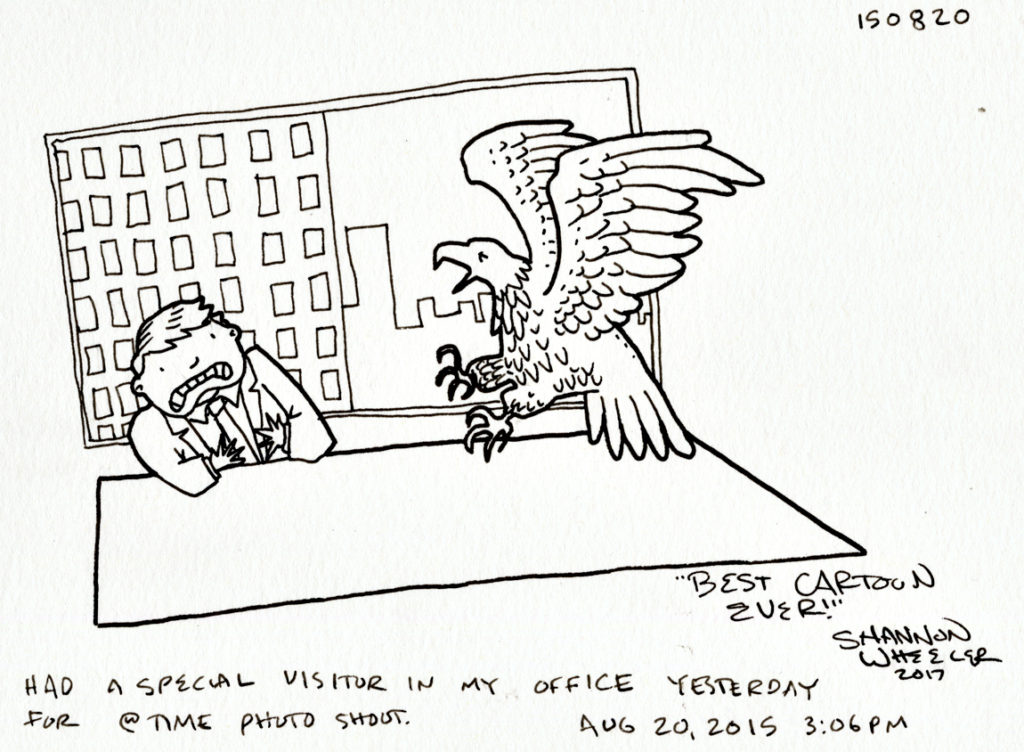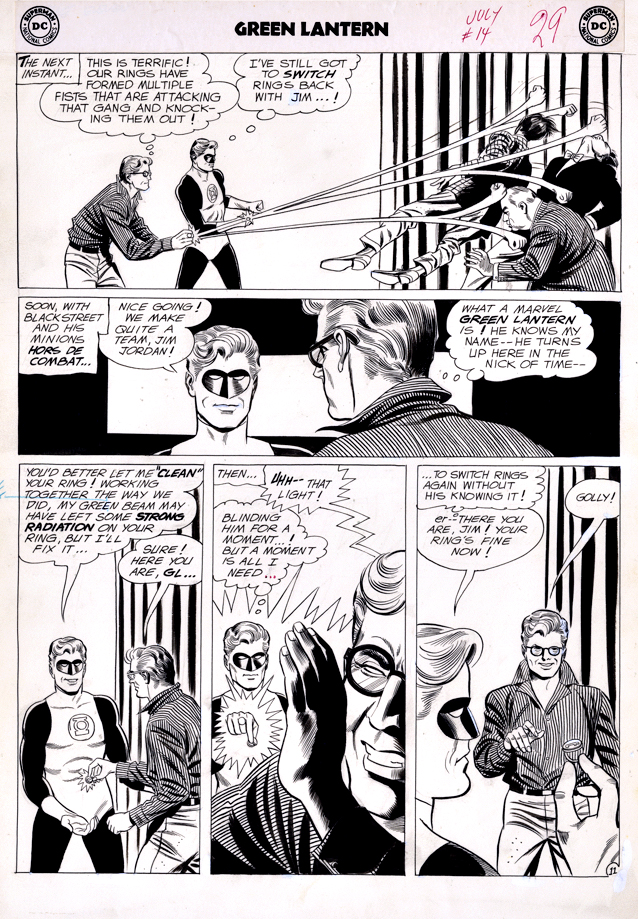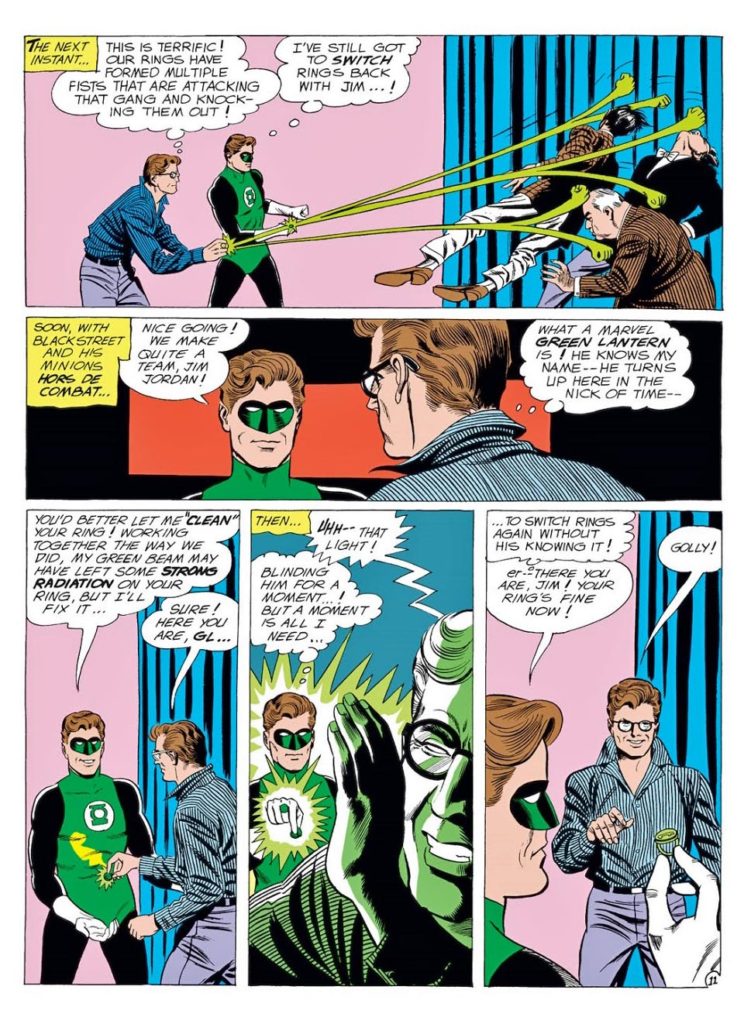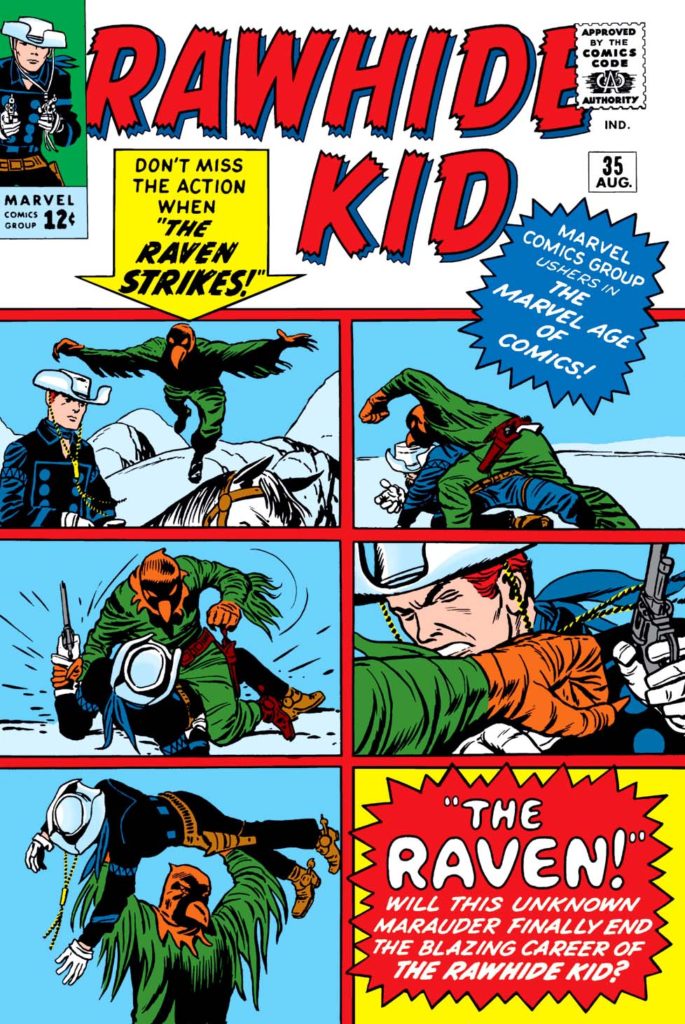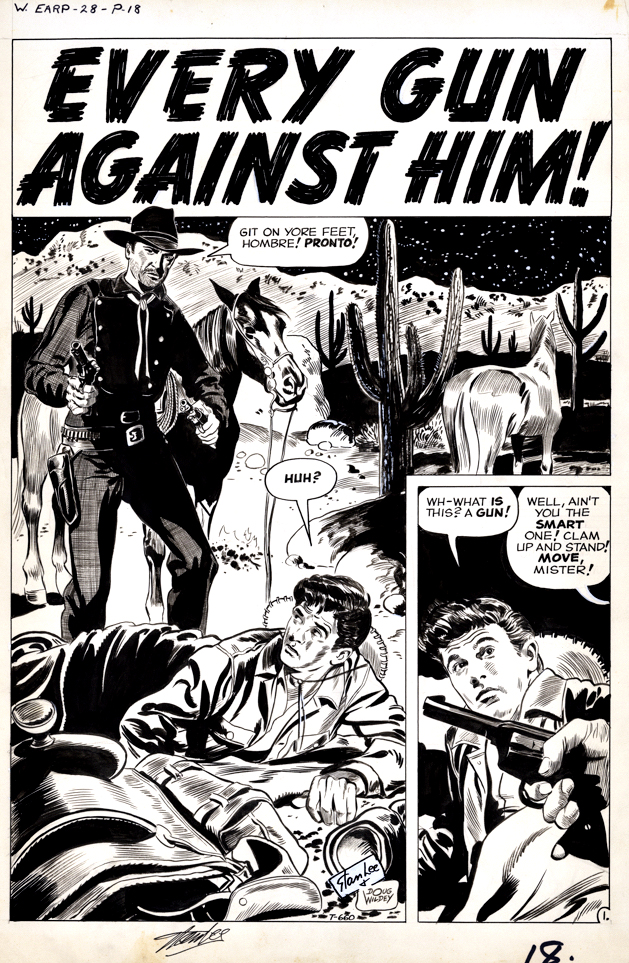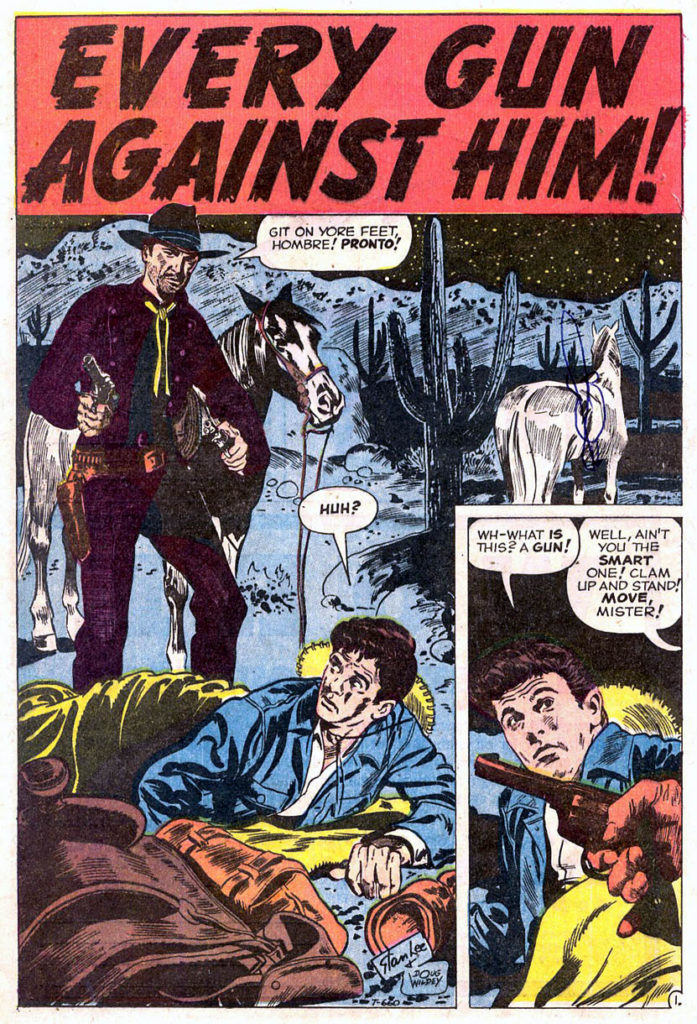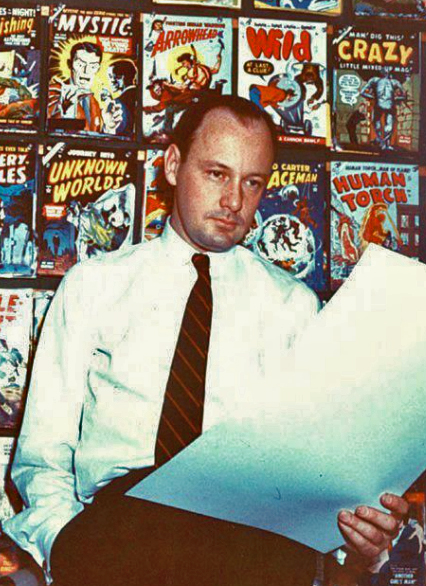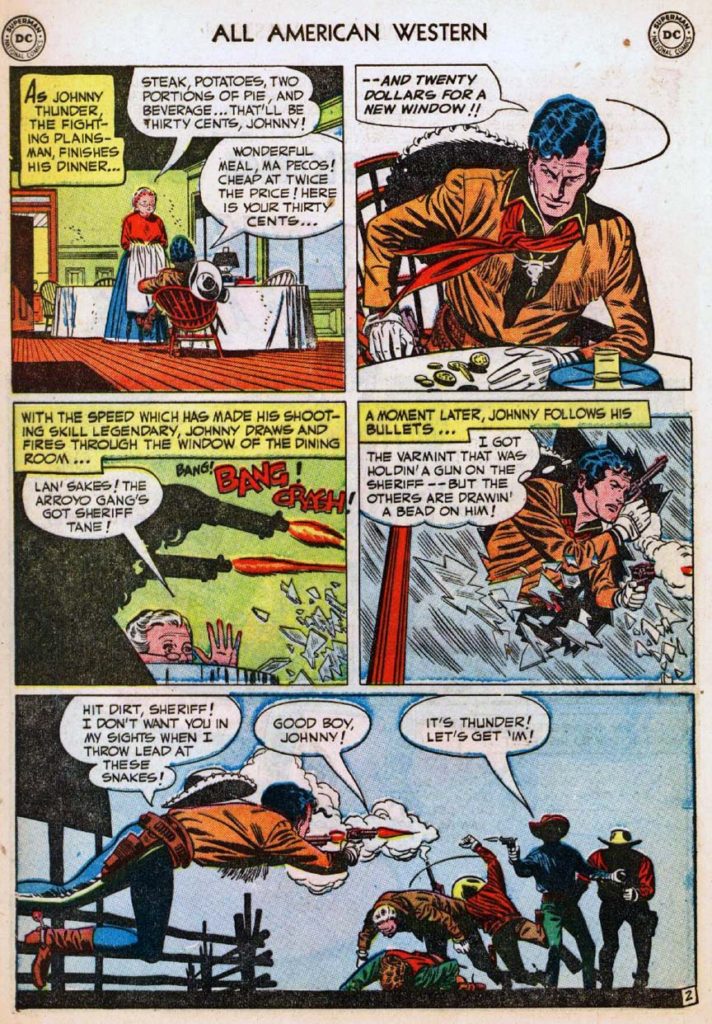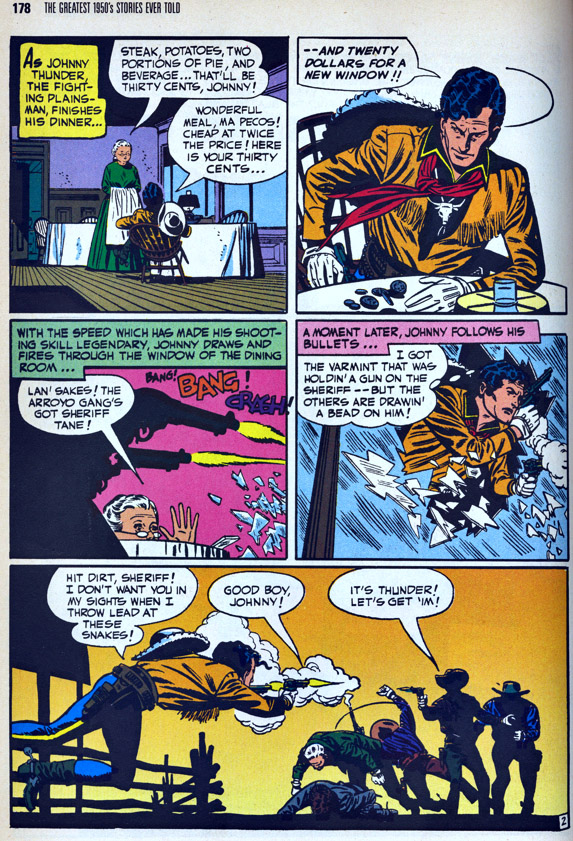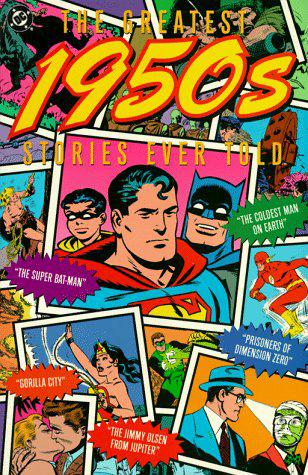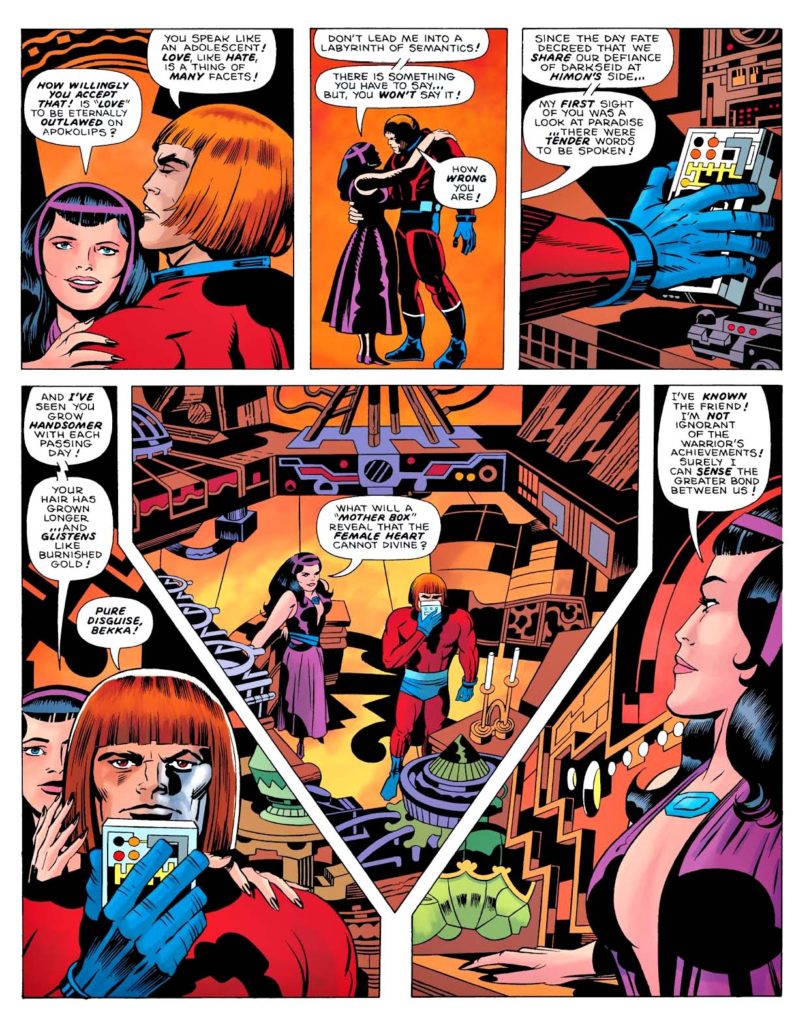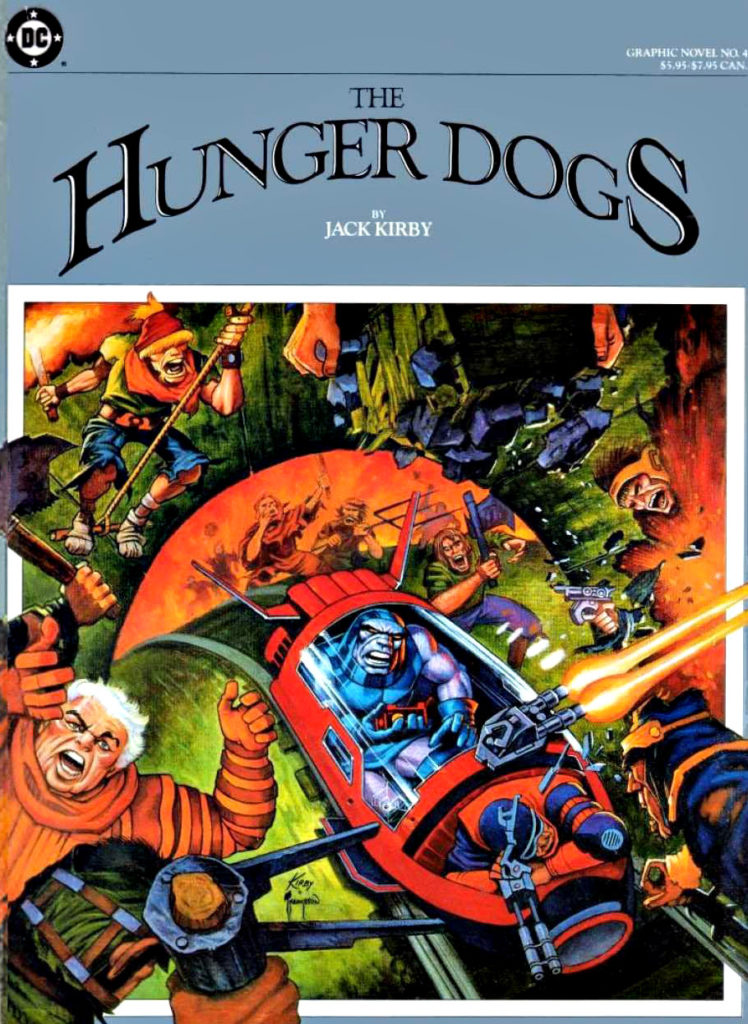Carlos Pacheco — Shattered Glass
Ultimate Avengers #3, December 2009, and Avengers Assemble Season 2 (Marvel Universe) #4, 2015
Continuing our tribute to Captain America’s 80th anniversary.
Captain America breaks a lot of a glass. In his very first solo appearance in the Silver Age, (Tales of Suspense #59) Jack Kirby has him jumping directly at the reader, shattering a window as he does.
Maybe that shield gives him a sense of security. After all, the super soldier serum made him super strong, but not invulnerable. And Batman and the other “ordinary” (no enhanced super-powers) heroes tend to break a bit less glass.
This great splash page features rouge Captain America doing the glass bit with tremendous drama and detail by the terrific Carlos Pacheco.
And the art is so dynamic that Marvel used again six years later as a cover for an animated series cover.
That’s pretty cool —it could have been used as a cover the first time around, but second time’s the charm apparently.

